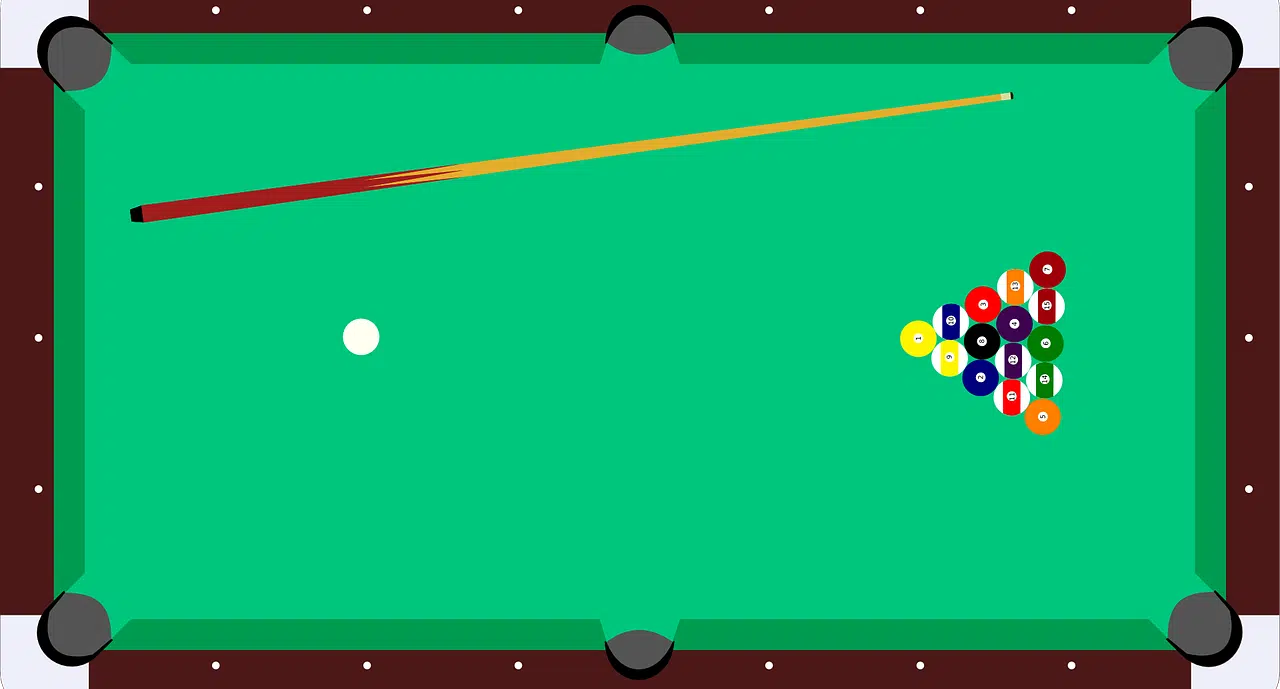
Newton's laws of motion constitute the essence of classical mechanics.
Classical mechanics is the name that has become popular to distinguish a branch of physics whose focus is on precisely evaluating how macroscopic-level physical bodies behave, both at rest and at a certain speed .
In this area of study that connects movement with the force and acceleration of a body, physical laws are understood by scientific determinism , the principle of least action is essential when analyzing the temporal evolution of a system and time is conceived as absolute .
It is interesting to remember that originally (that is, before being subjected to reformulation processes), classical mechanics was based on notions arising from research, findings and postulates of Isaac Newton about the movement of bodies . At this point it is necessary to highlight that this mathematician, inventor and physicist of English nationality formulated the law of universal gravitation and we owe him, among other relevant issues, the principle of inertia , the fundamental law of dynamics and the principle of action and reaction. .
Branches of classical mechanics
As information linked to the scope, formulations and approaches of classical mechanics is collected, multiple branches come to light.
This discipline is enriched, for example, with approaches and reformulations that give identity to the so-called Lagrangian mechanics (contribution of Joseph-Louis de Lagrange vital to simplify physical problems or challenges that can be solved using Lagrange's equations ), Hamiltonian mechanics ( whose name alludes to William R. Hamilton ) and Newtonian mechanics (the latter is also often called vector mechanics ). There is even analytical mechanics .
Popularly, however, there are three large groups that feed this variety of mechanics : kinematics , dynamics and statics .
It is also useful to know what statistical mechanics , celestial mechanics , relativistic mechanics and continuum mechanics are like and what they are for.

When studying the movement of a body, it is important to know that speed and acceleration are two concepts that, although linked, are different.
Basic principles
Classical mechanics is based on a series of basic principles that we will list below.
One of them is the principle of least action (also known as Hamilton's principle ), a key postulate to account for how, over time, the condition of movement of a certain particle evolves. This reasoning can be proven, specifically, thanks to Newton's laws of motion .
Furthermore, an absolute time governs, a magnitude that marks an even measurement for all observers, regardless of the degree that each one exhibits in terms of movement.
Knowing the position and percentage of movement of a particle , on the other hand, its state is deduced since it is determined and the principle of causality comes into play in this context.
As can be seen from the theory, multiple formulations are allowed within classical mechanics and each one proposes an approximation to more precise laws of nature. Always, in any case, speeds that do not equal or exceed that of light must be considered (they must be significantly lower compared to the speed of light ) and the sizes studied must be above 1 nm.
Experts in this discipline point out the need to appeal to quantum mechanics to adapt the equations of Hamilton, Lagrange or Newton if we intend to work with microscopic elements. It is even necessary to know what, or where it is located, the strip that draws the limit between the aforementioned classical mechanics and another based on the theory of relativity which, for that reason, has been called relativistic mechanics .

The principles of classical mechanics help, for example, to predict how the balls move in a game of billiards.
Examples of classical mechanics
Classical mechanics serves, to describe a case as an example, to generate a solid explanation regarding phenomena and movements evidenced in the solar system . It is appropriate to point out in this context that Galileo Galilei was one of the many who has carried out studies focused on movement: in his case, to detail one of his works, he developed a theory about tides that contradicted the principle of inertia but sought prove that the tides were a consequence of the movement of the planet Earth .
From an empirical approach to mechanical science, it is also possible to experimentally measure the speed reached, in different instances, by a small ball (for example, like the one you use to play golf) that, after remaining at rest , falls from a certain height. This test that invites you to appreciate what a free fall consists of involves factors or magnitudes such as time , speed , gravity and acceleration .
In short, many experiments or situations that cover the movement of a body with macroscopic characteristics, encompassing concepts such as energy , linear momentum and mechanical work , are demonstrated and explained thanks to classical mechanics . Due to its characteristics, it is a necessary and ideal discipline to predict how a system or device will behave or for the design process of machinery oriented to the forces of movement .
